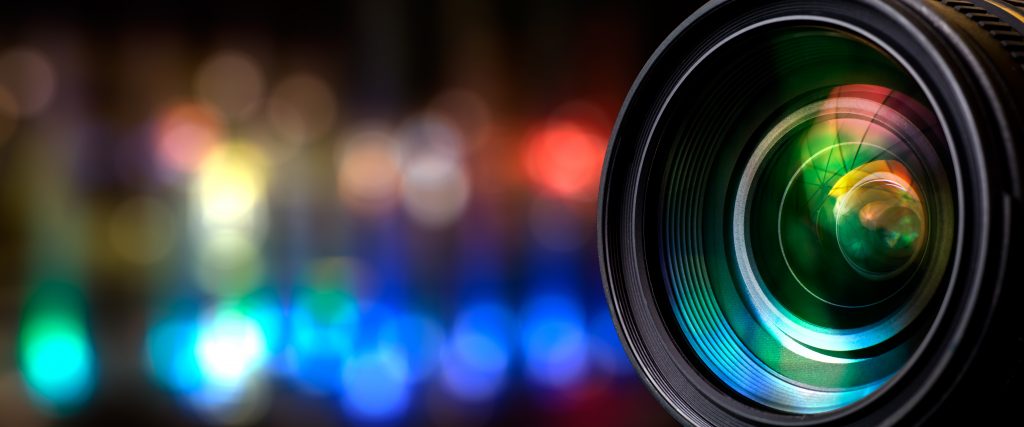By Joel Snyder and Deborah Fels
In his introduction to the second edition of “The Mastery of Movement”, Rudolph Laban wrote: “What really happens in a theatre does not occur only on the stage or in the audience, but within
the magnetic current between both these poles.” (Laban, 1950.)
He suggests that the performers on stage form the “active pole of this magnetic circuit [and] are responsible for the integrity of purpose” (p. 6) in the performance that determines the quality of
the “exciting current between stage and audience.” (p. 6)
But, what if the exchange is interrupted or incomplete, not by lack of clarity on stage, but rather by an audience member’s lack of access to full perception. In the same light, how can a blind person “see” a film?
Audio Description (AD) is a translation of images to words — the visual is made verbal and aural (he points to his ear), and oral (he points to his mouth). AD makes visual images accessible for people who are blind or have low vision. Using words that are succinct, vivid, and imaginative, media describers convey the visual image from television and film content that is not fully accessible to a significant segment of the population (more than 21 million Americans experience significant vision loss – American Foundation for the Blind, 2008).
AD also provides benefits for the sighted audience who may never fully realize all that can be perceived with the eyes—folks who see but who may not observe.
On television, it is for people who are blind or have limited vision and sighted people who want to be in the kitchen washing dishes while the show is on.
The theory of inclusive design describes one common approach to accessibility.
The main tenets are: 1) the designers consider as many different human abilities, limitations and needs as possible; and 2) these factors should be included from the beginning of the design
process (Cremers et al., 2013).
While AD may benefit a wide audience, it is rarely considered from the beginning of the process (Udo and Fels, 2010). As a post-production activity (similar to other localization accommodations like subtitling or dubbing) many filmmakers have limited awareness of the existence of AD and even less understanding of the latest research which suggests how the access technique can be incorporated within the development of a film. It is then not an “add-on” but an aesthetic innovation and an organic part of the work that can benefit all people.
When Dr. Snyder coordinated funding from the Interdisciplinary Arts Projects category of the National Endowment for the Arts, he wrote that “This category encourages experimentation in
the area of accessibility as an aesthetic innovation, e.g., interdisciplinary work with sound elements that are visually accessible through the use of computer-graphic technology; visual elements that are tactile or aural; innovative use of signing or audio description; movement involving older or disabled people, etc.” (NEA Inter-Arts Guidelines, 1993, p. 17).
We encourage video producers to consider how projects can be made accessible, including access elements as a part of the whole following the tenets of inclusive design; members of the creative team can take responsibility for accessibility as part of the production process eliminating the need to add a separate layer after the fact.
The production then becomes accessible to a wider audience.
This notion allows filmmakers to meet an obligation for inclusion while incorporating innovative techniques, thus increasing the production’s aesthetic viability. The following media excerpts incorporate alternative audio description from the perspective of inclusive design as well as its use as a novel media production technique:
– Stevie Wonder’s “So What The Fuss”: https://www.youtube.com/watch?v=hDVZDclDjRM
– Odd Job Jack “Donut Jack”: https://vimeo.com/manage/356793205/general
– Hamlet “Ballroom”: https://chirb.it/zfzBCp
References:
Cremers, A. H., Neerincx, M. A., & De Jong, J. G. (2013, July). Inclusive design: bridging theory and practice. In International Conference on Engineering Psychology and Cognitive Ergonomics (pp. 323-332). Springer, Berlin, Heidelberg.
Laban, Rudolph. (1950). The Mastery of Movement. Plays, Inc. Boston.
Udo, J. P., & Fels, D. I. (2010). The rogue posterchildren of universal design: Closed captioning and audio description. Journal of Engineering Design, 21(2-3), 207-221.

